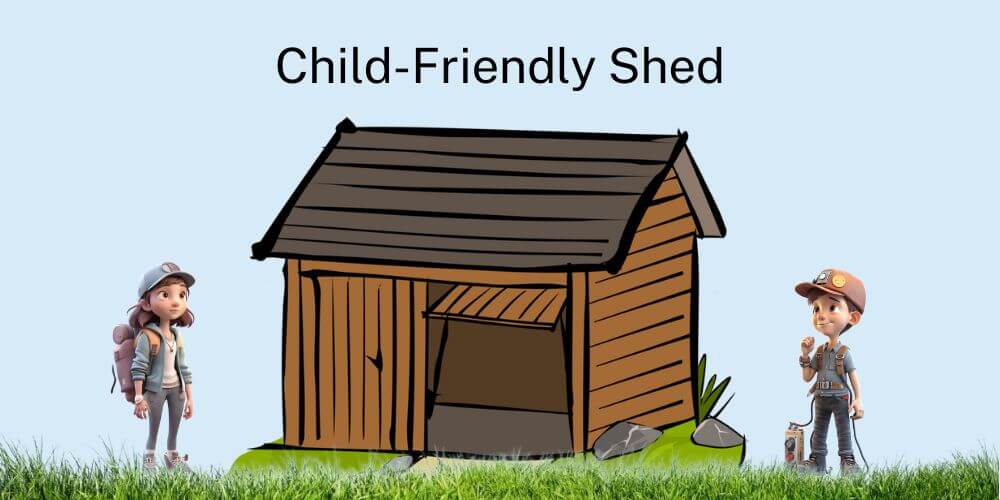Felting a shed roof is a great way to protect it from the elements and extend its lifespan. While the process may seem daunting, it is actually quite simple and can be done with just a few tools and materials.
By following these steps on how to felt a shed roof, you can protect your shed from water damage and other weather-related issues, while also improving its overall appearance and functionality.
Don’t wait until your roof is damaged or leaking – felt a shed roof today and enjoy the peace of mind that comes with a well-protected shed.
9 Steps in How to Felt a Shed Roof
Clean the roof surface: Remove any debris, moss, or other obstructions from the roof surface using a brush or scraper. You want to make sure the roof is clean and smooth before you begin felting.
Measure the roof: Measure the length and width of the roof, and add an extra 100-150mm to each measurement to allow for overhangs.
Cut the felt: Using a utility knife or scissors, cut the felt to the appropriate size. If your shed has a sloping roof, you may need to cut the felt into strips to fit the angle of the roof.
Apply adhesive: Apply a layer of adhesive to the roof surface, starting at the bottom of the roof and working your way up. Make sure the adhesive is evenly spread and covers the entire surface.
Lay the felt: Carefully lay the felt onto the adhesive, making sure it is straight and wrinkle-free. Leave an overhang of 50mm on each side.
Nail the felt: Use galvanized nails or staples to secure the felt to the roof, spacing the nails or staples about 150mm apart along the edges and about 300mm apart in the middle.
Cut the felt for protrusions: If your shed has any protrusions, such as a chimney or vent pipe, cut the felt to fit around them and secure it in place with adhesive.
Overlap the felt: If you need to use more than one piece of felt to cover the roof, overlap the edges by at least 75mm and secure them with adhesive.
Finish the roof: Once you have felted the entire roof, trim the overhangs to about 20-25mm using a utility knife or scissors. You can then add a layer of paint or sealant to further protect the felt from the elements.
Materials and tools needed
- Roofing felt
- Roofing nails
- Roofing adhesive or sealant
- Hammer or stapler
- Scissors
- Tape measure
- Step ladder
Final Thoughts
Felt a shed roof is an important aspect of shed maintenance that should not be overlooked. By taking the time to properly felt your shed roof, you can protect it from damage caused by rain, snow, and other weather elements, ensuring that it remains functional for years to come. Additionally, felting your shed roof can improve its overall appearance and make it a more comfortable space to use.
Remember to check your shed roof regularly for signs of wear and tear, and replace the felt as needed to keep it in good condition. With proper maintenance, your shed can be a functional and attractive addition to your property for many years to come.



